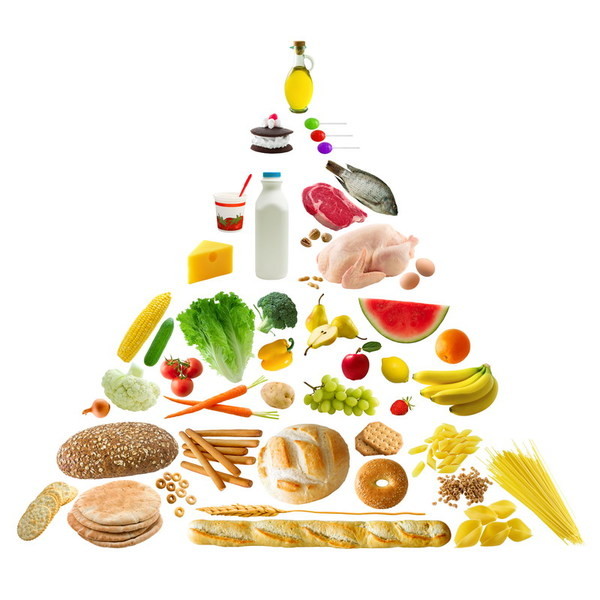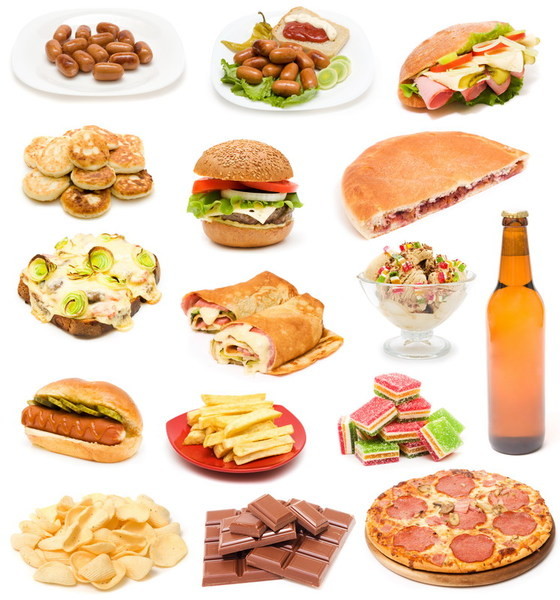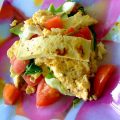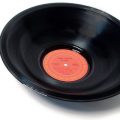Mysterious Pyramids  Power PyramidFor vigor, health and shine inEvery day we need 13 vitamins, 16 minerals, proteins, fats, carbohydrates and plenty of water. Where to get and how to properly distribute this whole “gentleman's set?” Nutritionists suggest using the simple and visual principle of the pyramid for these purposes, where all the products needed by a person are “placed on a hill”. And the less space in a triangle this or that product takes, the less often you need to use it in the daily menu. However, the process of “building a pyramid” itself causes a lot of heated discussion among nutritionists. Thus, among the adepts of rational nutrition there are three pyramids known - American, Mediterranean, and vegetarian. They use the same approach to healthy eating, but with certain nuances. In the American food pyramid, food is classified by energy sources (carbohydrates, proteins, fats, sugar), but the nutritional value of products is not taken into account. Cereals and grains occupy 40% of the foods we consume, meat, poultry, fish - 20%, vegetables, fruits - 20%, eggs and milk - 20%. But recently, Americans have begun to revise this nutritional approach, which, by the way, was approved at the state level, considering it to be the cause of national obesity. The Mediterranean approach to literate food involves the use of large quantities of olive oil, as well as daily but moderate alcohol intake, which is usually not possible in native Russian open spaces. . However, the fact of the irreconcilable refusal of meat has not yet received indisputable scientific evidence. In the so-called “European” pyramid, nutritionists have attempted to combine all the “most correct”. It looks like this. Products are classified into groups:
Power PyramidFor vigor, health and shine inEvery day we need 13 vitamins, 16 minerals, proteins, fats, carbohydrates and plenty of water. Where to get and how to properly distribute this whole “gentleman's set?” Nutritionists suggest using the simple and visual principle of the pyramid for these purposes, where all the products needed by a person are “placed on a hill”. And the less space in a triangle this or that product takes, the less often you need to use it in the daily menu. However, the process of “building a pyramid” itself causes a lot of heated discussion among nutritionists. Thus, among the adepts of rational nutrition there are three pyramids known - American, Mediterranean, and vegetarian. They use the same approach to healthy eating, but with certain nuances. In the American food pyramid, food is classified by energy sources (carbohydrates, proteins, fats, sugar), but the nutritional value of products is not taken into account. Cereals and grains occupy 40% of the foods we consume, meat, poultry, fish - 20%, vegetables, fruits - 20%, eggs and milk - 20%. But recently, Americans have begun to revise this nutritional approach, which, by the way, was approved at the state level, considering it to be the cause of national obesity. The Mediterranean approach to literate food involves the use of large quantities of olive oil, as well as daily but moderate alcohol intake, which is usually not possible in native Russian open spaces. . However, the fact of the irreconcilable refusal of meat has not yet received indisputable scientific evidence. In the so-called “European” pyramid, nutritionists have attempted to combine all the “most correct”. It looks like this. Products are classified into groups:
Hence, the daily “competent” menu of an average adult person is derived. We are not far from a healthy ideal, if we eat and drink a day:
- Water, milk, soy milk, yogurt, kefir, juice - 1 glass each.
- Whole vegetables and fruits - 1 pc., Chopped - 200 g, canned or culinary - 100 g, dry - 30 g
- Bread - 1 slice.
- Pasta from wholemeal flour or rice - 1/2 tbsp.
- Cereals whole or wholemeal, dry cereal flakes - 30 g.
- Legumes - 3/4 tbsp.
- Cheese - 30 g
- Fish, poultry, meat - 100 g. Each
- Oil, mayonnaise - 1 tbsp. l
- Nuts medium size - 15 pcs.
- Eggs - 1 pc.
And if you visit the supermarket, armed“Nutritional knowledge”, then remember that one third of the grocery cart must be filled with vegetables and fruits, the second with bread, pasta, rice, legumes and potatoes. The last third should consist of fresh meat, fish and low-calorie dairy products. A pile of delusions Delicious food can negate all of our desire for a healthy diet. Moreover, over the years the taste sensations are dulled. However, there are a number of ways to revive them:
- Drink fruit juices.
- Use spices and herbs in combination with olive oil, lemon juice and greens.
- Try to include in the diet foods of different colors, textures and temperatures.
- A tough and brutal diet when a person is harassingyour body low-calorie drinks, soups and snacks, does not provide a balance of nutrients. The success of such diets is short-lived, because with their help water and proteins are removed from the body rather than excess fat. With the resumption of normal power quickly recovers fluid level and weight gains instantly. In the future, weight loss is becoming increasingly difficult.
- There is a notion that starchy food- Bread, rice, potatoes or pasta - the cause of weight gain. In fact, these products are classified as low-calorie (assuming that they are consumed without fatty additives).
- It is believed that the fruits do not get fat. This is not entirely true. All fruits contain sugar, and some - grapes, bananas, dried fruits - lots and lots of sugar. However, without vitamins, mineral salts and fiber, which are so rich in fruit, we can not do. If possible, it is worth staying at the less sweet ones: oranges, apples, grapefruits, strawberries, raspberries.
- There is a strange theory that pouring foodleads to the appearance of excess weight. In fact, it's all about “sweet drinks” (colas, tonics, compotes, juices), which cause additional appetite attacks. Our body requires from one and a half to two liters of water every day, and so that it does not play an insidious role, we should try to drink not during meals, but, for example, in the morning after waking up or at work. It is worth remembering that the water takan, drunk 20 minutes before a meal, reduces the feeling of hunger.

For those who can cook
- Never add an extra portion of fat or oil to your food.
- Steamed vegetables. In boiling water, their nutrients are lost.
- Do not add salt to vegetables while they are being cooked. Salt and use spices when they are on the table.
- When it is possible, replace the olive oil with olive oil.
- Do not forget about the grill. This is one of the most useful inventions of mankind in the field of dietetics.
- Sticking to the rules of healthy food is not at allscary if you remember that the lack of most complex) in the absence of vegetables and fruits. And if you add a vegetable salad to a lush grandmother's pie, and then eat fresh fruit, then such a feast will turn out to be balanced and will not add you extra pounds.
- You can use fruit as a side dish tomain dishes. For example, if you finely chop an apple, orange, banana, grapefruit and kiwi, pepper, salt and let chickpe stand, you get an excellent side dish for fish.
- Interesting, but such an unexpected dish aspotatoes with bacon, considered nutritionists balanced. Prepare like this: fresh potatoes are washed and cut into halves, a “skewer” is stuck in the middle of each of them, on which, like a sail, a piece of bacon is placed. Baked dish in the oven.









